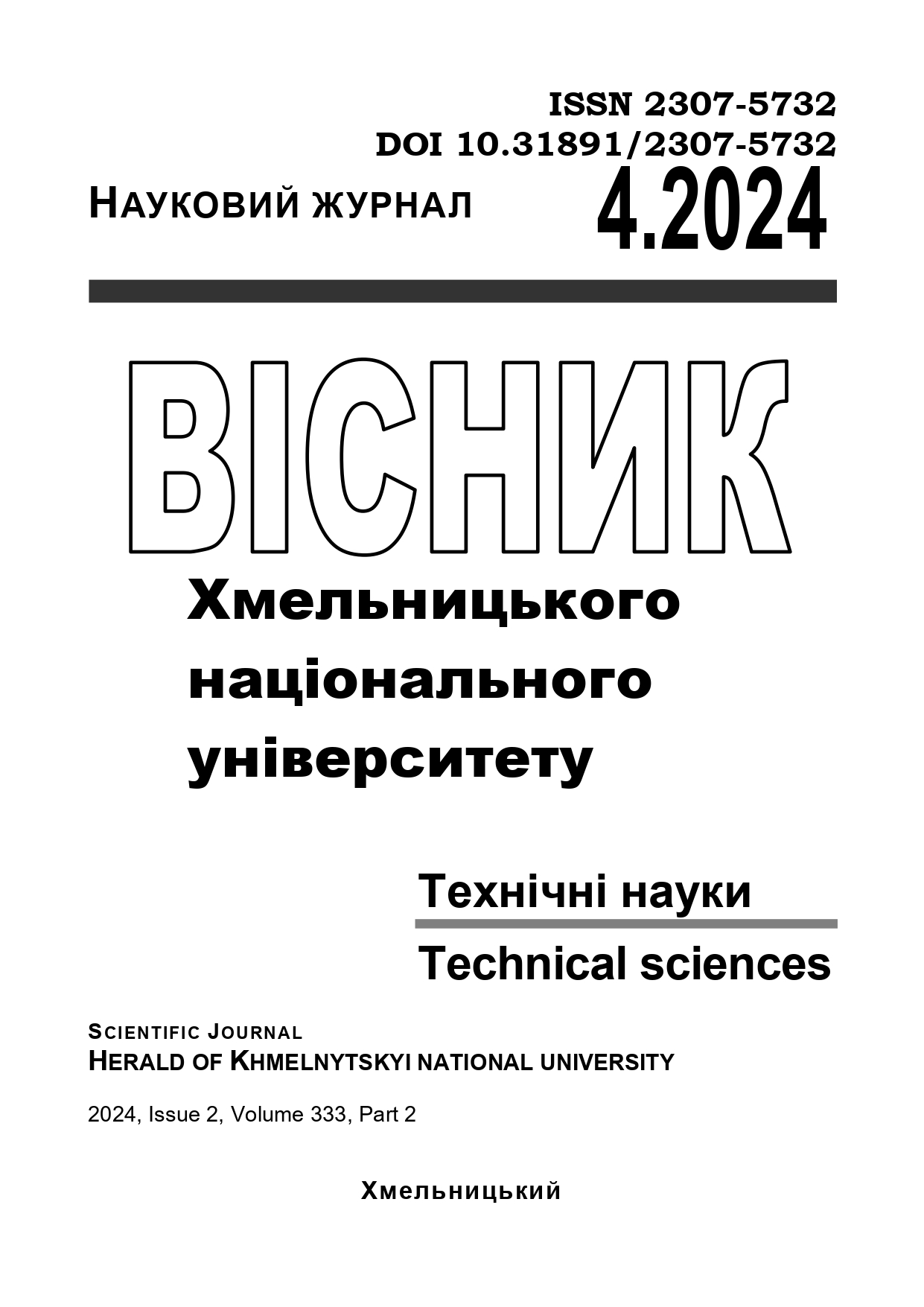ANALYSIS OF METHODS FOR OPTIMIZING THE DEPTH OF A QUANTUM CIRCUIT
DOI:
https://doi.org/10.31891/2307-5732-2024-339-4-38Keywords:
quantum computing, quantum circuit optimization, gate synthesisAbstract
This work reviews methods for optimizing quantum circuit depth, encompassing theoretical techniques, algorithmic innovations, and practical applications. Recent advancements demonstrate substantial improvements in circuit depth optimization, yet the issue of scalability remains unresolved. Key research contributions, such as the advanced exact synthesis of Clifford+T circuits, have shown promising results in reducing the number of T-gates, thus enhancing computational efficiency. However, the practical implementation of these methods in real-world noisy environments has yet to be fully evaluated.
Further studies have developed automated optimization techniques for large quantum circuits with continuous parameters, significantly minimizing gate counts while maintaining structural integrity. Despite these advancements, challenges persist in assessing the performance of these optimized circuits on actual quantum hardware and integrating them into various quantum algorithms. The qubit routing problem also presents significant hurdles, particularly in systems with limited communication, necessitating effective methodologies to optimize qubit placement and movement.
A comprehensive full-stack approach, incorporating hardware, software, and compiler optimizations, has provided valuable insights into architectural comparisons and design strategies. This approach highlights the importance of noise-aware compilation and the need for microarchitecture-specific optimizations to improve program success rates on current quantum devices.
This paper underscores the need for scalable, hardware-agnostic optimization methods and extensive experimental validation. Integrating graph neural networks for quantum circuit optimization presents a promising future research direction. The analysis concludes that while significant progress has been made, unresolved issues such as computational complexity, limited experimental validation, and the diversity of quantum algorithms necessitate ongoing research to fully realize the potential of quantum computing.
In conclusion, optimizing the depth of quantum circuits is a multifaceted problem requiring continuous research and development. The integration of theoretical advancements with practical implementations is crucial for overcoming current limitations and unlocking the full potential of quantum computing. Continued efforts in this area will be vital for achieving scalable and efficient quantum computations.

